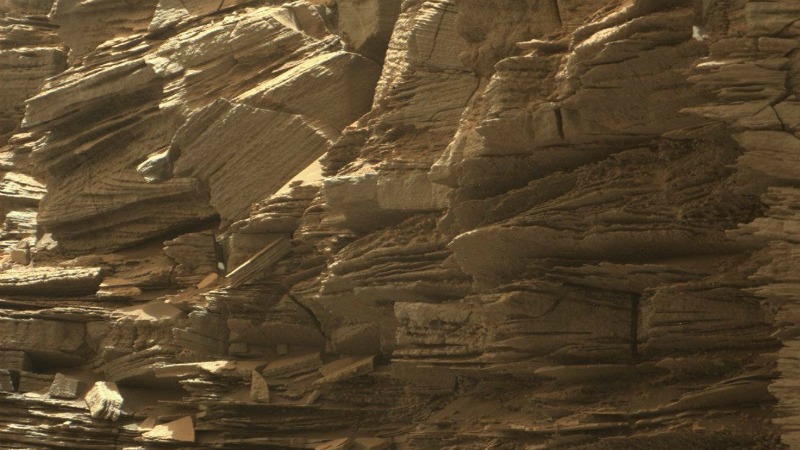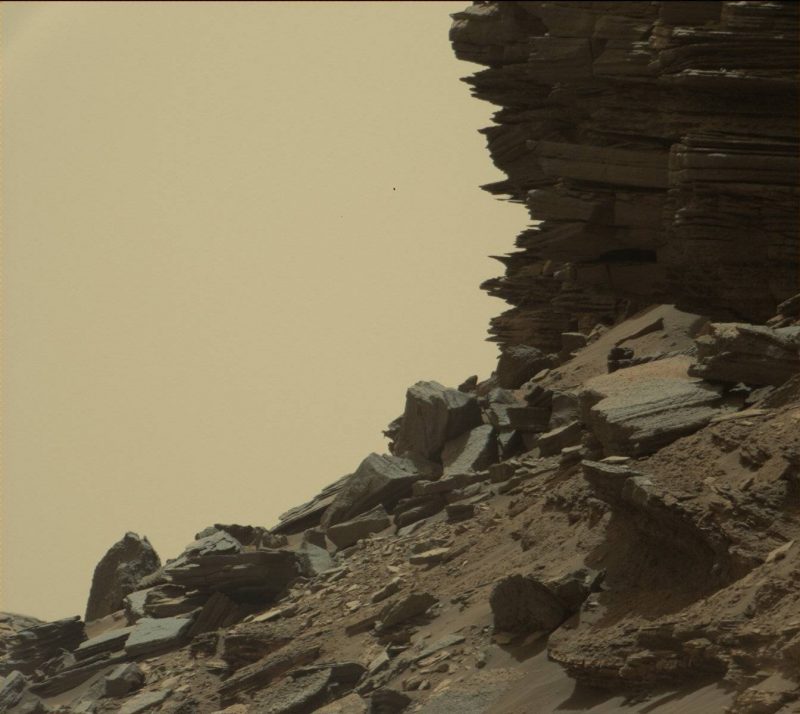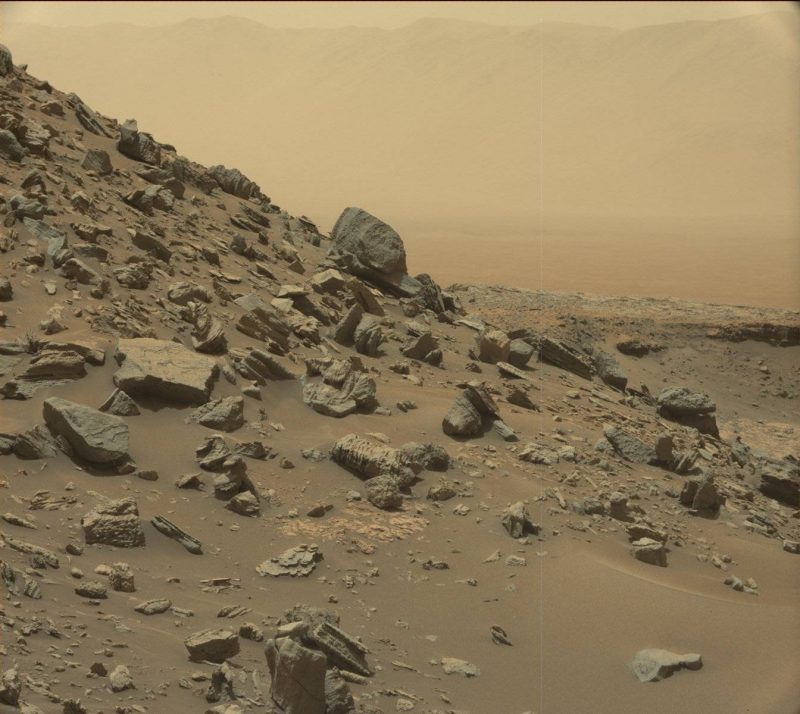
On Friday (September 9, 2016), NASA released several images taken by the Mars Curiosity rover, which has been exploring the Murray Buttes region of lower Mount Sharp on the Martian surface.
The new images look almost like parts of the U.S. Southwest. Curiosity Project Scientist Ashwin Vasavada said in a statement:
Curiosity’s science team has been just thrilled to go on this road trip through a bit of the American desert Southwest on Mars.


The color images of rocky outcrops reveal the layered geologic past of Mars in stunning detail. According to a NASA statement:
The Martian buttes and mesas rising above the surface are eroded remnants of ancient sandstone that originated when winds deposited sand after lower Mount Sharp had formed.

The new images come from Curiosity’s last stop in the Murray Buttes, on lower Mount Sharpe, where the rover has been driving for just over one month. Curiosity landed near Mount Sharp in 2012. It reached the base of the mountain in 2014. On Mount Sharp, Curiosity is investigating how and when the habitable ancient conditions suggested from the mission’s earlier findings evolved into conditions drier and less favorable for life.
Enjoying EarthSky? Sign up for our free daily newsletter today!
Bottom line: Newest images from NASA’s Mars Curiosity Rover.











